What is needed for ventilation design: regulatory framework and project design
Ventilation is one of the most important life support systems. After all, comfort, freshness in an apartment or a private house directly depends on the correct design, as well as the subsequent installation of the air exchange regulator. Agree, due to constant ventilation, allergens, dust and extraneous noise get into the room.
With the help of ventilation ducts it is possible to solve the problem of safe uninterrupted supply of clean air. The reliability and durability of ventilation equipment depends largely on the preparation of a competent project.
What is needed for ventilation design will be discussed in our article - we will talk about the advantages of drawing up a plan and its main components. Consider the main stages and features of the process of designing a ventilation system, supplementing the material with visual photos and useful videos.
The content of the article:
The significance of ventilation design
Ventilation involves organized air exchange in the room. The system provides for both the influx of fresh air and the intake of exhaust air, including odors and gases. Ventilation can also be only supply or exhaust, depending on the purpose of the building. About the features of the supply and exhaust system we described in detail in this stuff.
Natural air exchange is possible through cracks with loosely closed windows and doors. But this type of ventilation is not effective enough and, as a rule, is not able to provide the proper microclimatic conditions.

Equipment can be installed without designing - this is exactly what new-made owners of apartments and houses often think, but in the end it turns out that the system does not work at full capacity, is incorrect or does not function at all.
Installation without prior design may result in the following violations:
- incorrectly selected diameter of the ducts;
- lack of fresh air supplied to the room;
- improper installation of ventilation units;
- low-quality installation of equipment.
Poor ventilation promotes formation and distribution mold and mildew, and this is fraught with increasing incidence of incidence of households. For normal human life, it is important to maintain optimal indoor temperature and efficient air exchange.
Key Design Benefits
The project is completed by issuing a document to the customer, which presents the concept of a ventilation system for an apartment, private home, office or any other room. The project determines the exact location of the ducts, ventilation grilles, and other equipment.
Using the plan, you can also find out the characteristics of individual nodes and equipment of the ventilation system, coordinate the placement of elements taking into account the interior and design of the room.

The project minimizes further conflict situations between the customer and the contractor, and makes it possible to assess the correctness of future installation. The presence of the document provides an opportunity to assess the correctness of the proposed options.
Regulatory framework for design
When planning ventilation systems, a number of domestic and foreign regulatory acts should be taken into account. We will briefly familiarize ourselves with the main ones.
Brief overview of domestic regulations
Forced ventilation involves the use of powerful ventilation equipment, so the design is determined taking into account the reserved capacities in terms of power supply.
Regulation of ventilation in conjunction with heating systems SNiP 41-01-2003. This becomes possible due to the extremely significant influence on the heat balance of the capital construction object, both being constructed and at the reconstruction stage.
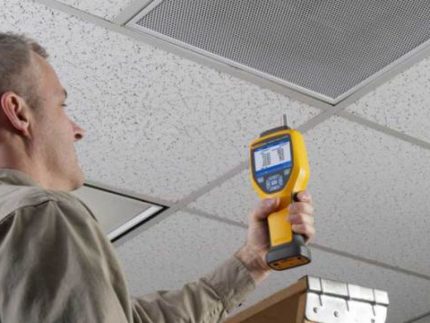
For facilities under construction, the design of ventilation systems involves a large number of technical solutions.
But, this is only possible if plans are drawn up for all systems, including heating, construction and electricity. In this case, it is possible to make adjustments to the documents being developed in parallel.
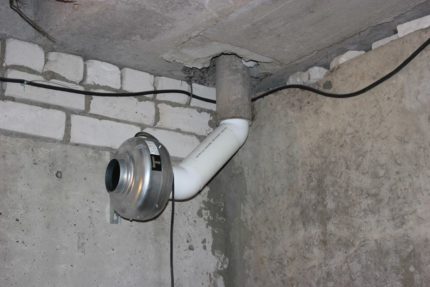
The design of the ventilation system must be carried out taking into account regulatory legal acts.
The list of mandatory building codes includes the following documents:
- “Heating, ventilation and air conditioning” - SNiP 41-01-2003;
- Construction Climatology - SNiP 23-01-99;
- “Noise Protection” - SNiP 23-03-2003;
- "Public buildings and buildings" - SNiP 2.08.02-89;
- "Fire safety" - SNiP 21-01-97;
- "Apartment single-family houses" - SNiP 31-02-2001;
- "Industrial buildings" - SNiP 31-03-2001;
- "Residential multi-apartment buildings" - SNiP 31-01-2003;
- "Public buildings" - SNiP 31-05-2003;
- "Warehouse buildings" - SNiP 31-04-2001;
- "Sanitary and epidemiological requirements" - SanPiN 2.1.2.1002-00.
And also some state standards should be taken into account.
Among which:
- "Noise" - GOST 12.1.003-83;
- “General sanitary and hygienic requirements for air in the working area” - GOST 12.1.005-88;
- "Air technical equipment" - GOST 24751-81;
- "Residential and public buildings" - GOST 30494-96.
When developing a project, territorial acts can also be taken into account, for example, for the capital it will be a Government Decree and the Moscow Town Planning Code, Moscow city building codes.
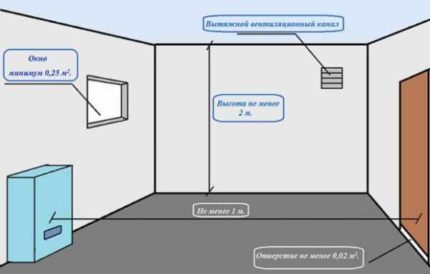
The development of a draft ventilation system can be carried out not only according to Russian regulatory documents. As an alternative, foreign standards regulating the air quality in the building are also suitable.
Design by foreign standards
In January 2003, the European Directive on energy efficiency in premises 2002/91 / EC came into force. Legislation applies to countries of the European Union. The action plan adopted in 2006 provides for increasing energy efficiency in the construction sector.
To implement the requirements in practice, the following standards have been developed:
- Calculation of energy consumption for heating, as well as cooling of rooms and other energy characteristics are provided EN ISO 13790.
- Initial microclimatic conditions buildings for the design and evaluation of energy efficiency, including thermal comfort, air quality, acoustics and lighting.
- Technical requirements to the ventilation system prescribed in the standard EN 13779.
- Description of methods for calculating energy losses in ventilation systems and infiltration - EN 15241.
- Air flow rate calculation indoor considered in EN 15242.
The energy consumption for the ventilation system is determined by the standard EN 13790, considered the main characteristics of the premises, taking into account the internal environment - the level of infiltration and ventilation rate.
Airflow calculation for hybrid, mechanical and passive ventilation is described in the standard. EN 15242.
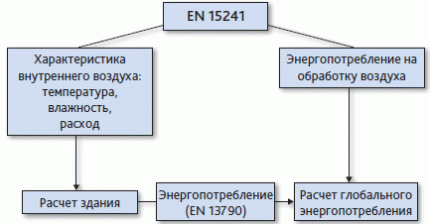
Specific requirements and design rules for ventilation systems are specified in the standard. EN 13799The document also includes a design guide. Its applications extend to exhaust andsupply ventilation mechanical type, but the document is not intended for residential use.
For private houses and apartments, a standard is provided. CEN / TR 14788, which shows typical ranges of values that are advisory in nature and are used only if other parameters are not available.
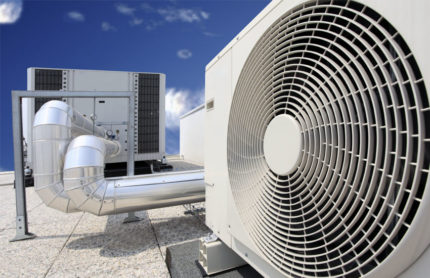
The use of foreign experience in the design is logical, since in this case more stringent requirements for the quality of life are taken into account.
Ventilation system design stages
The volume and content of the project will vary depending on its complexity, but the main components will be approximately the same. So, at the preliminary stage a technical project is drawn upwhich, in essence, is Feasibility Study (Feasibility Study). At this stage, specialists go to the site to record the initial information, including the purpose and functions of the structure or premises, its area, the number of residents / employees.
Initial phase is ending selection of equipment, consideration of the main characteristics and properties. Optimization decisions are made to interact with other engineering systems. AND calculation of air exchange of each specific room carried out in accordance with technical specifications, construction and sanitary standards.
Further developed scheme for calculationdiameter and area of air ducts and the noise level is determined. Drawings are sent to matching. The project designer or direct customer can make changes.
In the next step, after agreement, prepare a package of documents on plumbing, construction work and electrical power.
Only after the completion of all the listed stages is performed ventilation installation and its launch.
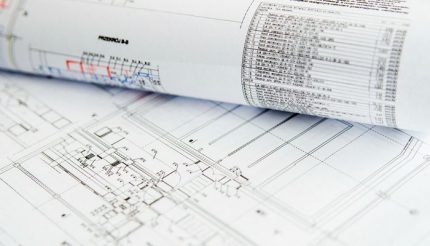
The rational distribution of funds intended for the acquisition of equipment and materials is also of great importance in the design. A huge assortment of equipment and devices from various manufacturers of different price categories is presented on the modern market.
For the purchase of equipment you will need special calculations:
- Using the area and the purpose of the premises indicated in the floor plan of the structure, the required performance is determined. The indicator is calculated in m3/ h
- Considering productivity, the value of the air temperature at the outlet of the ventilation system and the minimum ambient temperature determine the power of the heater. The channel heater is used exclusively in the cold season as a building heater.
- Fan characteristics depend on the length and complexity of the route. To calculate the required power, the type and diameter of the duct, diameter transitions, the number of bends are used.
- Payment air velocity in the ducts.
- Air speed affects noise.
The project budget is calculated after all calculations have been completed and the proposed ventilation ducts have been applied to the building plan. Drafted TK must be approved by the customer and departmental structures.
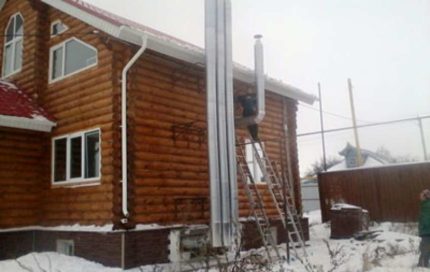
Features of project documentation
Design documentation can be divided into three parts:
- explanatory note;
- set of drawings;
- additional information.
AT explanatory note contains a brief description of ventilation, technical specifications for the arrangement of ventilation routes, power and heat consumption, the value of air exchange in the context of the premises.
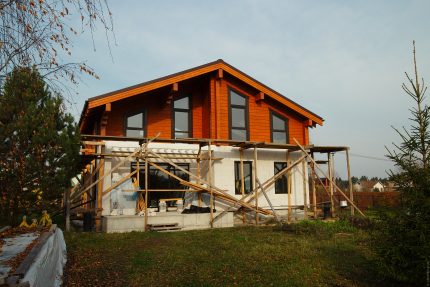
AT set of drawings includes a distribution diagram of ventilation equipment with detailed nodes and a structural diagram, drawings of nodes, plans for the location of routes, ducts. This part of the project also includes rules for servicing communications and additional information for installing a ventilation system.
A full package of project documentation is impossible without additional information - certificates, licenses, integration tables, axonometric diagrams and equipment specifications.
Conclusions and useful video on the topic
Design errors in ventilation are discussed in detail in the following video:
The basics of designing a ventilation system in a private house or cottage can be found in the video:
All you need to know about ventilation in just 3 minutes:
The quality of indoor air is determined by the rate of air exchange. And microclimatic conditions largely depend on a properly designed ventilation system design. The above information will allow you to easily select the right expert company and evaluate the proposed options.
If you encountered difficulties at the design stage, please share your experience with other users. You can also ask your questions regarding the development and calculation of the ventilation system plan in the block below this publication.

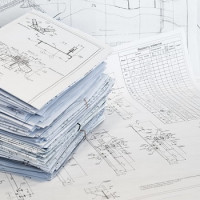 Typical schemes and rules for designing a ventilation system in a private house
Typical schemes and rules for designing a ventilation system in a private house 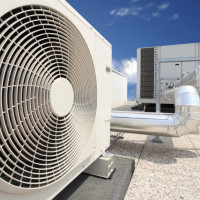 Design of building air conditioning systems: important nuances and stages of the design
Design of building air conditioning systems: important nuances and stages of the design 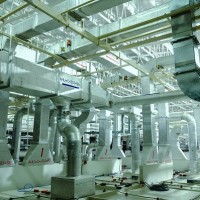 Requirements for ventilation of public buildings: subtleties of arrangement and design of ventilation
Requirements for ventilation of public buildings: subtleties of arrangement and design of ventilation 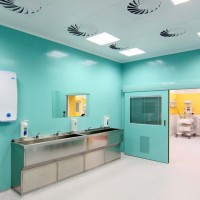 Cleanroom ventilation: design and installation rules for ventilation systems
Cleanroom ventilation: design and installation rules for ventilation systems  Checking ventilation at school: norms and procedures for checking the effectiveness of air exchange
Checking ventilation at school: norms and procedures for checking the effectiveness of air exchange 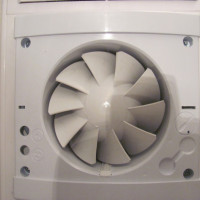 Hood for bathroom and toilet: the subtleties of creating a project and the nuances of arranging the system
Hood for bathroom and toilet: the subtleties of creating a project and the nuances of arranging the system  How much does it cost to connect gas to a private house: the price of organizing gas supply
How much does it cost to connect gas to a private house: the price of organizing gas supply  The best washing machines with dryer: model rating and customer tips
The best washing machines with dryer: model rating and customer tips  What is the color temperature of light and the nuances of choosing the temperature of the lamps to suit your needs
What is the color temperature of light and the nuances of choosing the temperature of the lamps to suit your needs  Replacement of a geyser in an apartment: replacement paperwork + basic norms and requirements
Replacement of a geyser in an apartment: replacement paperwork + basic norms and requirements